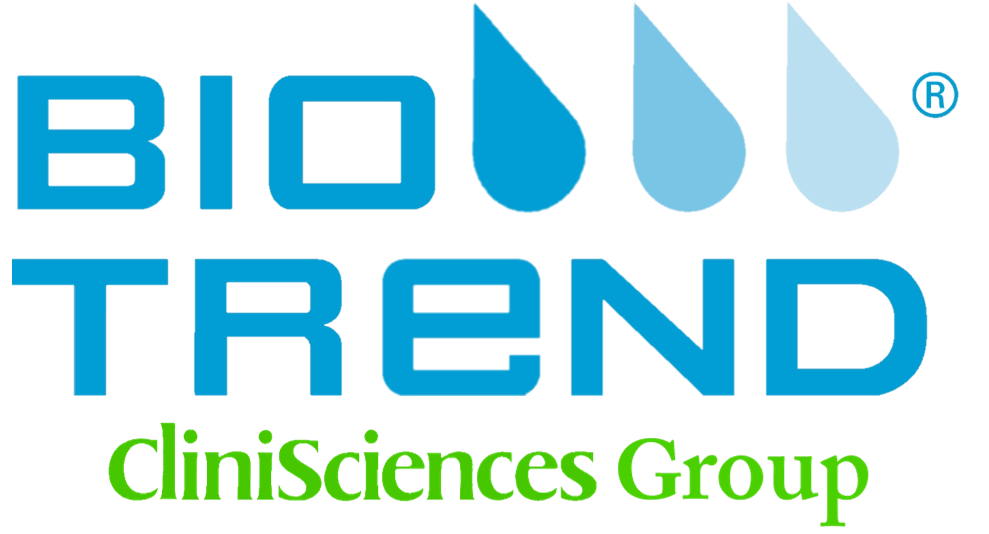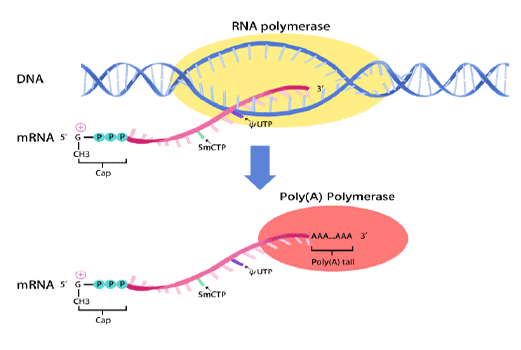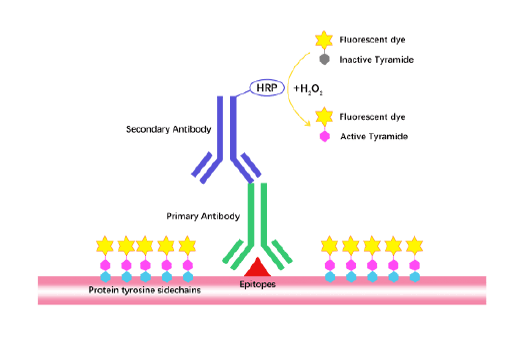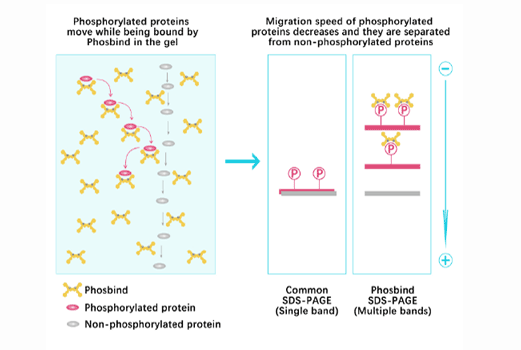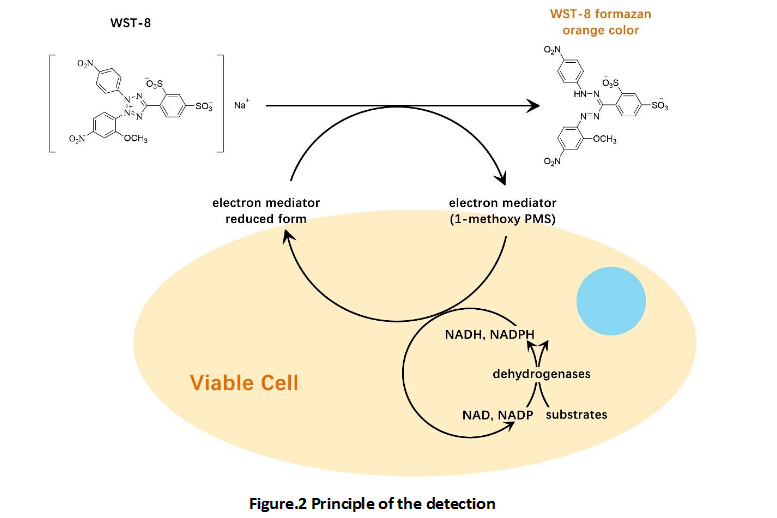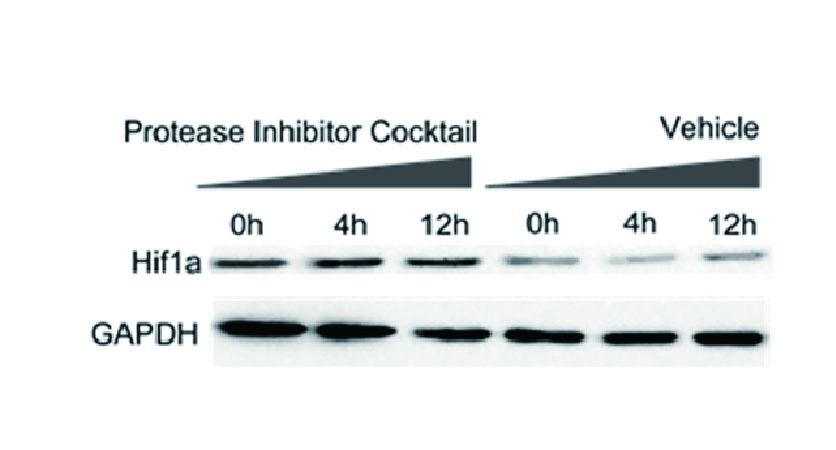DiscoveryProbe™ FDA-approved Drug Library
Cat# L1021-.1
Size : 100uL/well
Brand : APExBIO Technology
| Form | Pre-dissolved DMSO solutions | Stability | Solution: -20°C for 12 months, -80°C for 24 months |
| Packaging | 96-well Microplate format with peelable foil seal; 96-well DeepWell format with peelable foil seal and EVA cap (100 μL/well, 10 mM DMSO); 96-well rack with Matrix 2D Barcoded ScrewTop Storage tubes (250 μL or 100 μL/well, 10 mM DMSO). | ||
| Shipping Condition | Evaluation sample solution: ship with blue ice All other available size: ship with RT, or blue ice upon request | ||
1. Barrows NJ, Campos RK, Powell ST, et al. A Screen of FDA-Approved Drugs for Inhibitors of Zika Virus Infection. Cell Host Microbe. 2016 Jul 27. pii: S1931-3128(16)30303-1.
Abstract
We interrogated a FDA-approved chemicals library for their ability to block infection of human HuH-7 cells by a newly isolated ZIKV strain (ZIKV MEX_I_7). In our in vitro screening assay, more than 20 out of 774 tested compounds reduced ZIKV infection. Then these compounds were further validated for inhibition of ZIKV infection in human neural, cervical and placental stem cell lines, as well as primary human amnion cells. We found that others that had no previously known antiviral activity (e.g., daptomycin) and anti-flaviviral drugs (e.g., bortezomib and mycophenolic acid) were identified as inhibitors of ZIKV infection. There were several drugs that reduced ZIKV infection across multiple cell types, which could be tested in clinical studies of ZIKV infection and provided small molecules to study ZIKV pathogenesis.
Abstract
We interrogated a FDA-approved chemicals library for their ability to block infection of human HuH-7 cells by a newly isolated ZIKV strain (ZIKV MEX_I_7). In our in vitro screening assay, more than 20 out of 774 tested compounds reduced ZIKV infection. Then these compounds were further validated for inhibition of ZIKV infection in human neural, cervical and placental stem cell lines, as well as primary human amnion cells. We found that others that had no previously known antiviral activity (e.g., daptomycin) and anti-flaviviral drugs (e.g., bortezomib and mycophenolic acid) were identified as inhibitors of ZIKV infection. There were several drugs that reduced ZIKV infection across multiple cell types, which could be tested in clinical studies of ZIKV infection and provided small molecules to study ZIKV pathogenesis.
2. Stavrovskaya IG, Narayanan MV, Zhang W, et al. Clinically approved heterocyclics act on a mitochondrial target and reduce stroke-induced pathology. J Exp Med. 2004 Jul 19;200(2):211-22.
Abstract
Mitochondria are a major checkpoint in several pathways leading to neuronal cell death and the mitochondrial permeability transition (mPT) may be critical in stroke-related injury. In order to prove this hypothesis, 1,040 FDA-approved drugs and other bioactive compounds were tested as potential mPT inhibitors. We found that 28 structurally related drugs, including tricyclic antipsychotics and antidepressants, capable of delaying the mPT. Clinically achievable doses of promethazine inhibited mPT and were protective in both in vitro and mouse models of stroke. Also, promethazine protected primary neuronal cultures subjected to oxygen-glucose deprivation and reduced neurological impairment and infarct size in mice subjected to middle cerebral artery occlusion/reperfusion. These results provided a class of safe, tolerable drugs for stroke and neurodegeneration and also provided new tools for understanding mitochondrial roles in neuronal cell death.
Abstract
Mitochondria are a major checkpoint in several pathways leading to neuronal cell death and the mitochondrial permeability transition (mPT) may be critical in stroke-related injury. In order to prove this hypothesis, 1,040 FDA-approved drugs and other bioactive compounds were tested as potential mPT inhibitors. We found that 28 structurally related drugs, including tricyclic antipsychotics and antidepressants, capable of delaying the mPT. Clinically achievable doses of promethazine inhibited mPT and were protective in both in vitro and mouse models of stroke. Also, promethazine protected primary neuronal cultures subjected to oxygen-glucose deprivation and reduced neurological impairment and infarct size in mice subjected to middle cerebral artery occlusion/reperfusion. These results provided a class of safe, tolerable drugs for stroke and neurodegeneration and also provided new tools for understanding mitochondrial roles in neuronal cell death.
